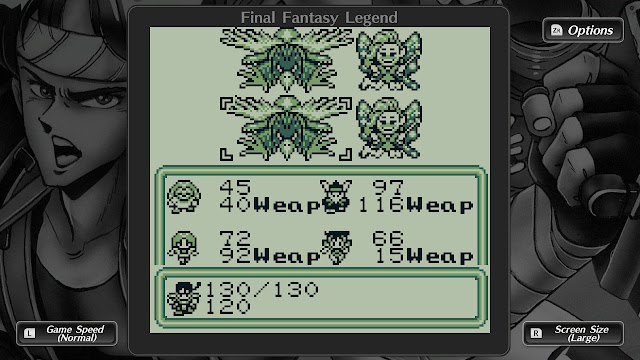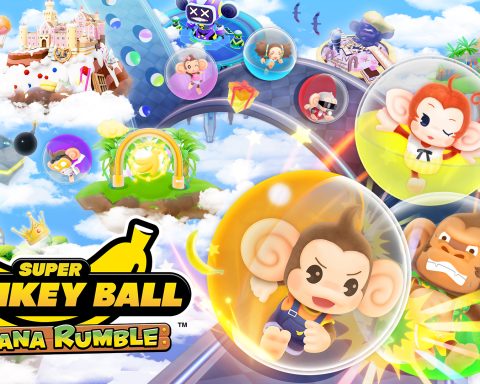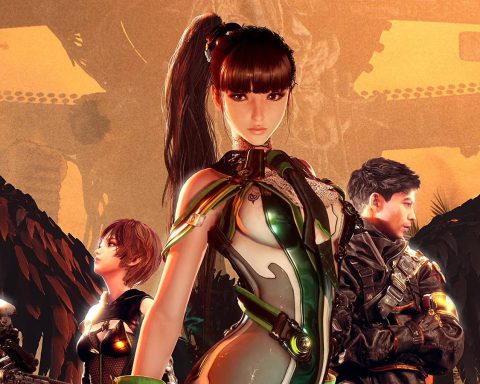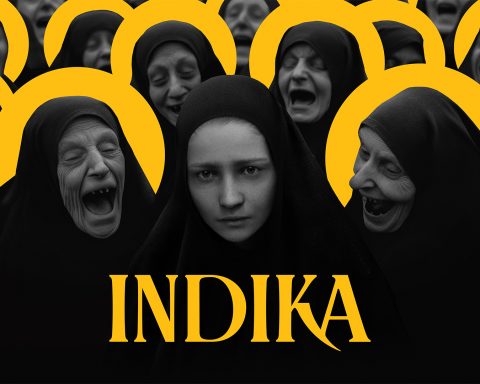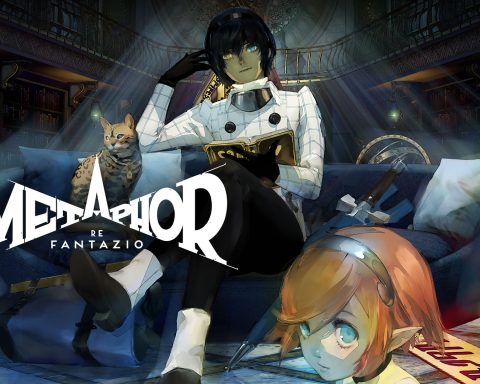Square Enix was quite strategic about the release timing of Collection of SaGa Final Fantasy Legend. The company released this late into the year so they can pick up some easy cash from the nostalgic with what is a very cheap retro collection, without too much risk that it will pick up mainstream attention and criticism for being what they are. None of these three games will resonate well with the mainstream, but as someone who fits the target demographic, I absolutely love these things.
Final Fantasy Legend, meanwhile, is an obtuse thing, barely interested in pointing people in the direction to go next, let alone explaining to them how to play. My best advice is to load yourself up a guide as you play – I even referred back to one as I played, and I very much grew up with this series. The sequels, Final Fantasy Legend 2 and 3, try to do a bit more with narrative, but that’s really all that separates them out so you’ll want to have guides handy for them too. Where the first game doesn’t get much further than telling players to try climbing a tower to reach “Paradise”, Final Fantasy Legend 2 sends you on a journey to find your father and save the world from a malignant force, and Final Fantasy Legend 3 is a surprisingly grand-scale adventure of time-hopping and technology. None of them are literary masterpieces and the story is always truncated in the name of efficiency, but Legend 2 and 3 are enjoyable as narratives in their own way. All three remain creakingly primitive to play, however.
Take for example the levelling system. Different character types level in different ways. Some need items to boost them up. Some level through combat normally. Some get more powerful by consuming the meat of enemies that is sometimes left behind, which will transform them into some other kind of monster. On the one hand the variety does make it a lot of fun to play around with different combinations of characters, and you can use this system to make the trilogy a little easier or harder to play, depending on your preference. On the other hand these actual systems are almost painfully obscure, and you’ll definitely want to flick through a guide, since the collection does nothing to explain any of this (it doesn’t even provide you with a copy of the manual which, back in those days, was critical as there isn’t the tutorial chapter that modern games get).
The interface is a little clunky and clumsy too, with each game doing a poor job of explaining to you what impact different items and pieces of equipment will have on your characters. You’ll be spending a fair chunk of time working this out, because weapons and armour degrade with use so you’ll need to be on the constant look out for shops and loot. The small mercy here is that each game has relatively few stats and menu systems to work through, so even without assistance you can feel your way through blind with some trial-and-error.
Finally, each game lacks the conveniences of modern video games, and this can turn them into grinds well beyond the tolerance threshold of any but the most hardcore. A stratospherically-high random encounter rate turns every venture outside or dungeon delve into a wild war of attrition, and the absence of escape items and limited inventory space for healing items can make those ventures very tense indeed. Final Fantasy Legend 2 has the old-school irritant whereby if you target one enemy with multiple characters, and the first character defeats that enemy, the other characters will stand around doing nothing, rather than re-focusing their attacks. You’ll need to grind away to learn the HP thresholds of just about every enemy you come across to make sure that you’re not wasting attack opportunities (that issue was thankfully remedied for Final Fantasy Legend 3). Finally, there’s no waypointing or journal system to help you figure out where you need to go next and, if you happen to scroll through a key character’s directions to the next objective, well… better bust out that guide again.
For all of those inconveniences and “things that have aged poorly,” I can’t really put into words just how much I love these games – and, by extension, this collection of them. Whenever I mess around with RPG Maker to make my own little RPGs (well, start making them. I haven’t finished an RPG Maker project in about 20 years), I always go through the laborious process of converting all the graphics to black & white, and it’s because of these games and the fond memories I have of them that I want to recreate that. I love the aesthetic of Game Boy games, an in the context of what a Game Boy game does, visually, these three titles are nothing sure of visionary. The soundtrack, too, was of a scope well beyond what people would have ever expected of the console. Each Final Fantasy Legend title also has a vivid array of monsters to fight and places to explore, and the design of these are right up there with Square Enix at its best. Part of this is the nostalgic “muscle memory” kicking in, but I find these games incredibly comfortable to this day.
While the collection is a no-frills port (and could have done with a digital copy of the manuals, if nothing else), it has a couple of neat features and concessions to modern players. There’s the ability to increase the speed of the game, to make the grind a little less time consuming. As an added bonus, doing so doesn’t change the pace of the music, so you can still enjoy that. You can also increase the size of the display, of course and… well, as Game Boy games go, these three “blow up” on the big screen better than most, thanks to the relatively intricate sprites and environment design.
As a relatively low-price collection of three retro JRPGs that will last you for a long time (if only because each offers dozens of hours of classic grinding), the Collection of SaGa is obviously niche in terms of its demographic, but these are games that are very easy to love. It would have been nice to have some of the features that more comprehensive retro collections have – digital art books, histories, music players and so on, but no-frills or not these are valuable, pioneering pieces of video game history, and they’re both worth owning and persevering with.


